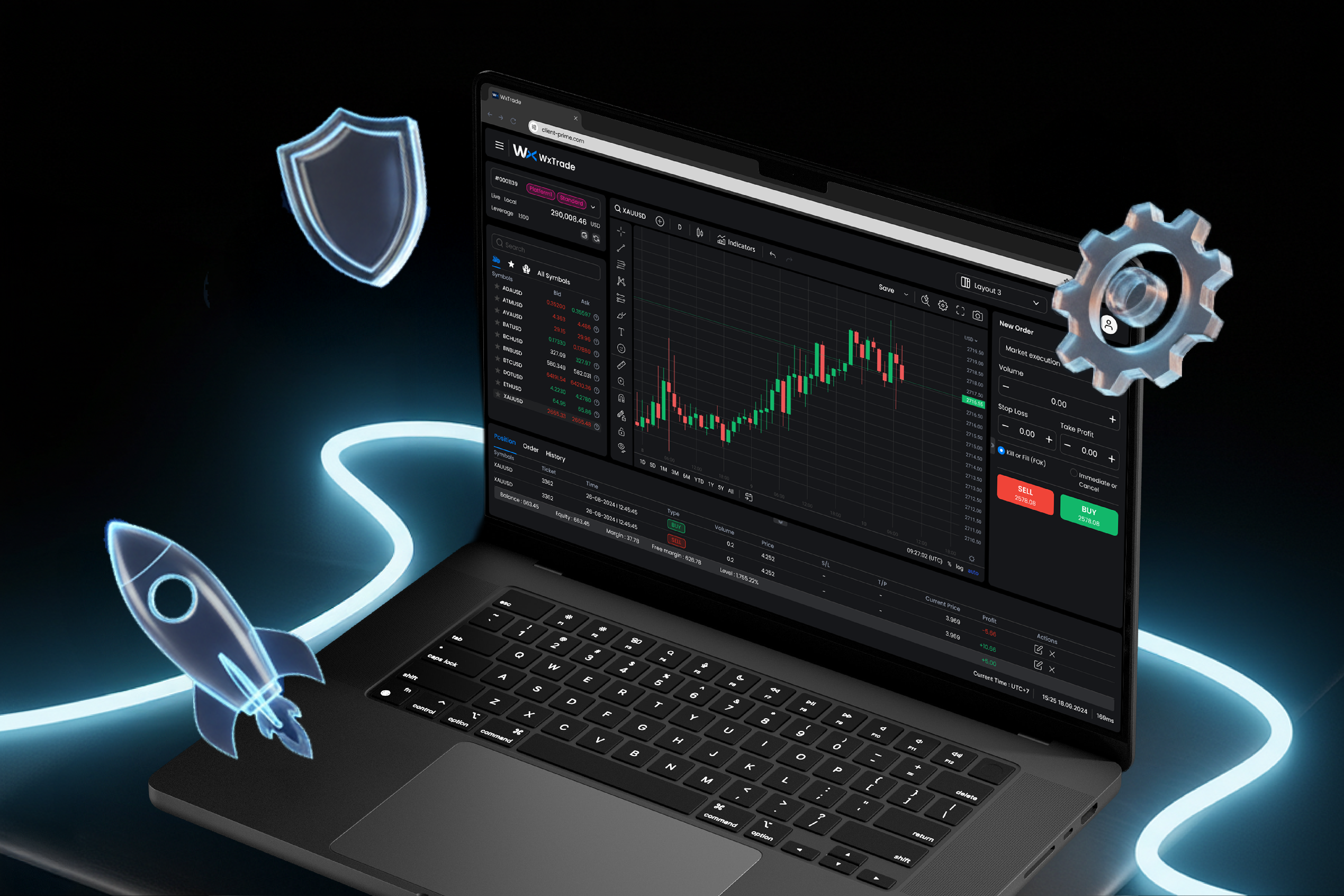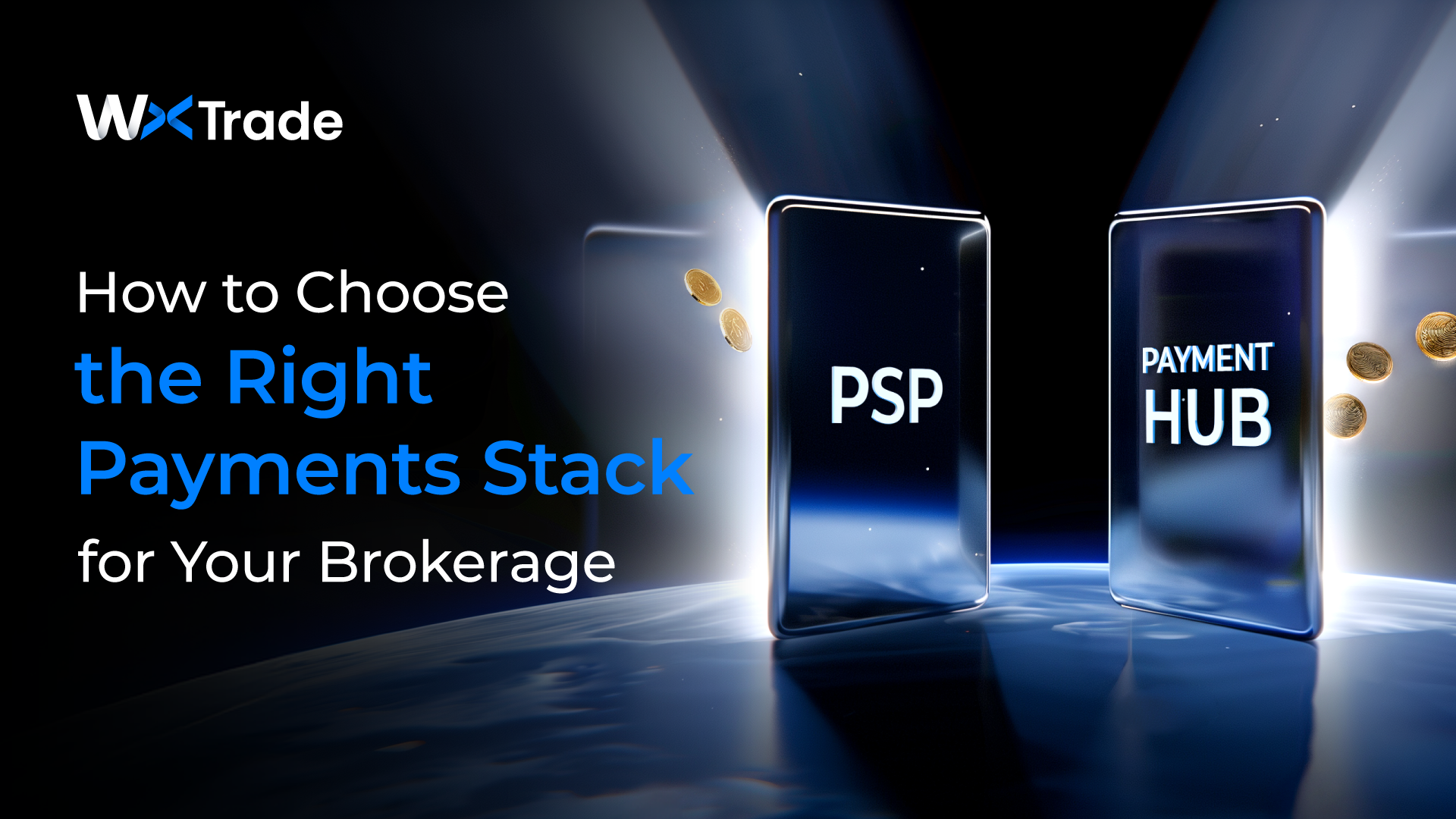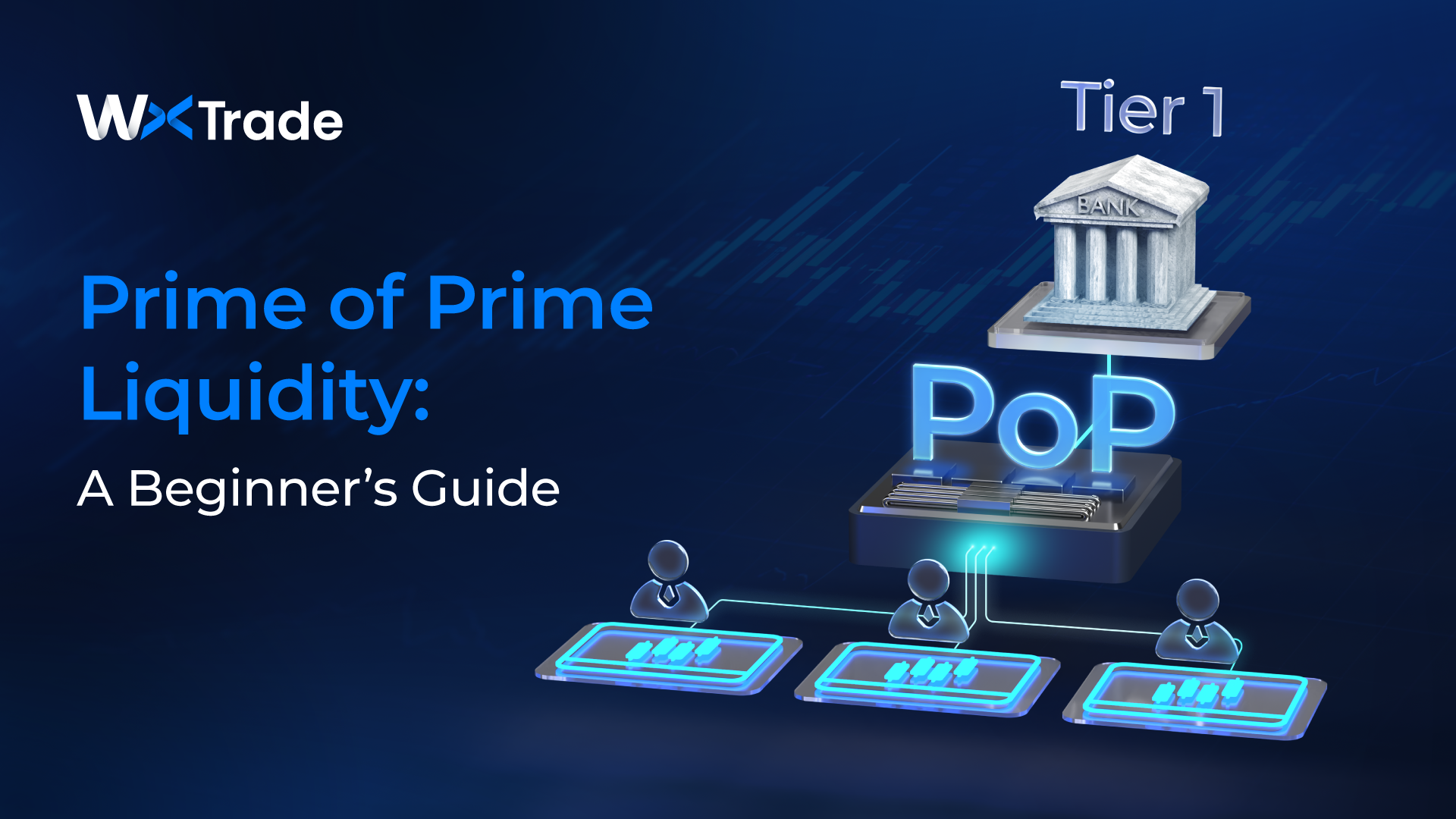- Category: Article, Knowledge hub
How to Start a Brokerage Firm :The Essential Technology Stack for Long-Term Success

Start a brokerage in 2025 and beyond, isn’t just about ambition — it’s about building the right foundation. In today’s competitive trading landscape, clients expect instant access, seamless onboarding, and the reassurance of compliance-first operations. At the heart of this lies one thing: a robust technology stack.
Think of your brokerage like a high-performance car: licensing and capital are the chassis, but technology is the engine. Without the right engine, you won’t get far, no matter how polished the brand looks.
This guide walks you step by step through how to start a brokerage and highlights the essential technology components you’ll need to succeed long-term.
Step 1: Define Your Brokerage Model and Target Market
Every successful brokerage starts with clarity of vision.
- Full-service brokers offer comprehensive financial services, requiring sophisticated CRMs and secure client-advisor communication tools.
- Discount brokers prioritize cost efficiency and automation, leaning on scalable platforms with streamlined onboarding.
- Hybrid brokers blend advisory support with self-directed trading, needing flexible systems that can adapt to both.
Your target market also shapes your technology decisions:
- Retail traders value mobile-first platforms, easy account setup, and educational resources.
- Institutional clients require advanced APIs, deep liquidity, and low-latency infrastructure.
Example: A retail-focused broker may prioritize gamified mobile apps, while an institutional broker may invest heavily in FIX APIs and multi-currency support.
When your model and audience align, the rest of your technology stack falls into place naturally.
Step 2: Obtain the Right Licensing and Regulation
Regulation is more than a legal checkbox — it’s the foundation of client trust.
Top-tier jurisdictions like the FCA (UK), CySEC (EU), and ASIC (Australia) remain strong choices, though each comes with different capital requirements and timelines. Beyond licensing, brokers must embed compliance-first technology into their systems.
That means:
- Automated KYC/AML verification during onboarding.
- Transaction monitoring to flag suspicious activity.
- Secure, auditable systems aligned with global standards like GDPR.
- Imagine onboarding 1,000 clients a week. Without automated KYC, your compliance team would drown in manual checks. With integrated solutions, approvals happen in minutes, keeping clients engaged instead of frustrated. With the right regulatory setup, your brokerage isn’t just compliant — it’s positioned as a trusted partner in the eyes of trader
Want to integrate MT5 & cTrader in one ecosystem?
Step 3: Choose Your Execution Model
Your execution model determines how trades are processed and what technology you’ll need:
- Market Maker (MM): Internalizes trades, requiring strong risk management systems.
- STP (Straight-Through Processing): Routes trades directly to liquidity providers via a liquidity bridge.
- ECN (Electronic Communication Network): Connects clients directly to an order book for maximum transparency
Tip: Many new brokers start with STP to reduce risk exposure, then scale into hybrid models once volume increases. Each model has unique operational needs. With the right infrastructure in place, you can align execution with your strategy while ensuring consistent client experiences.
Step 4: Build the Essential Technology Stack
Trading Platforms – Your Market Gateway
The trading platform is the entry point to your brokerage. Traders expect access to industry-standard platforms they already trust. That’s why our solution integrates seamlessly with a top-tier multi-asset trading platform from leading global providers., giving your clients choice without adding complexity to your operations.
With both platforms available, your brokerage can:
- Appeal to retail traders familiar with MT5’s global ecosystem.
- Support advanced traders who value cTrader’s streamlined execution.
- Offer a consistent, branded experience across all platforms.
Instead of forcing a decision, our product empowers you to provide both, unified under one ecosystem.
CRM & Client Portals – The Command Center of Your brokerage
Your CRM is where trading meets relationship management. A brokerage-specific CRM connects every part of the client journey — from lead generation to compliance, deposits, and retention.
With our integrated ecosystem, you don’t just get standard CRM and client portals — you gain advanced features such as:
-
Fully Customizable Client Portal
-
Advanced Access Control for Platform Security
-
Bonus Campaign Tools to Boost Retention
-
Insightful ROI Analytics for Brokers
Real-world example: A broker relying on spreadsheets can’t scale beyond a few hundred clients. With a SaaS CRM, onboarding thousands per month is seamless.
Liquidity & Market Access
Liquidity defines execution quality. To deliver competitive spreads and reliability, brokerages need access to multiple liquidity providers.
Our platform supports direct integration with Tier-1 and Tier-2 liquidity sources through FIX APIs and liquidity bridges, ensuring:
- Deep order books.
- Redundancy for uninterrupted execution.
- Transparent pricing for your clients.
Payments & Banking Infrastructure
Payments are a make-or-break moment for clients. Fast, seamless deposits and withdrawals aren’t just conveniences — they’re expectations. Because brokerages are often classified as “high-risk,” many mainstream PSPs aren’t equipped to handle the complex compliance, multi-currency processing, and security requirements of this industry.
That’s why our Marketplace offers brokers a wide selection of specialized PSP integrations. With global coverage and flexible options, brokers can choose the providers best aligned with their business model. ensuring:
- Global payment options (cards, wires, e-wallets).
- Fraud detection and chargeback prevention.
- Seamless integration with your CRM and client portal.
Coupled with segregated client accounts, this setup meets regulatory standards while delivering client trust.
Cybersecurity & Infrastructure
Security and uptime are mission-critical. Our platform is designed with 99.99%+ uptime, redundant hosting across data centers, and a multi-layer security framework including:
- Multi-factor authentication.
- Full data encryption.
- Intrusion detection and real-time monitoring.
Consider this: A one-hour outage during peak market hours can cost a broker millions in lost trust. Reliability is not optional — it’s survival.
Step 5: Cloud vs. On-Premise
The cloud isn’t just an option anymore — it’s the default. On-premise systems require heavy upfront investment and large IT teams. Cloud-native infrastructure, on the other hand, offers:
- Instant scalability as your client base grows.
- Faster deployment of new features.
- Lower upfront costs, shifting CapEx into predictable OpEx.
But in 2025, the conversation goes beyond cloud vs. on-premise. The smarter question is: should you manage everything yourself, or leverage a SaaS brokerage platform?
SaaS (Software-as-a-Service) brokerage solutions provide all the benefits of cloud hosting plus:
- Pre-integrated trading platforms, CRM, liquidity, and payments.
- Automatic compliance updates, ensuring your systems evolve with regulation.
- Reduced complexity, since you don’t need to maintain servers or coordinate multiple vendors.
With SaaS, you’re not just hosting in the cloud — you’re tapping into a ready-made ecosystem purpose-built for brokerages. This means less time worrying about infrastructure and more time growing your business.
Step 6: White-Label vs. Build vs. Hybrid Approaches
Starting from scratch can take years — time you don’t have in a fast-moving market. That’s why most successful brokerages choose white-label or hybrid approaches:
- White-label: Launch in as little as 14 days with a turnkey solution.
- Hybrid: Customize via APIs and integrations for differentiation.
Our ecosystem enables both, giving you speed to market without locking you into a one-size-fits-all model.
Step 7: Scale and Differentiate
Launching is just the beginning. To stand out, you’ll need to scale strategically.
With our platform, scaling isn’t complicated — it’s as simple as asking. Whether you’re onboarding 100 clients a week or 10,000, server scaling ensures your brokerage never slows down.
- Trading Account Growth: As your business expands, so does the number of trading accounts you’ll need to support. With our SaaS infrastructure, scaling up is instant — we can allocate more accounts, servers, and resources the moment you need them.
- Elastic Server Capacity: During high-volatility market events, when trading volume spikes, our system scales automatically to maintain performance.
- Leverage open API marketplaces for third-party integrations.
- Fully customize branding, creating a unique client experience.
This flexibility ensures your brokerage grows with you, not against you.
The 14-Day Launch Advantage
Time-to-market is everything. Traditionally, building a brokerage from scratch could take months or years. Our solution makes it possible to launch in just 14 days with trading platforms, CRM, client portal, liquidity, and payments all integrated.
This speed lets you capitalize on opportunities without being slowed down by infrastructure.
Building a Brokerage That Lasts
Starting a brokerage in 2025 is more achievable than ever but only with the right foundation. From trading platforms and liquidity to compliance and payments, your technology stack is the engine that powers your growth.
With our platform, you don’t just get tools — you get a trusted partner that helps you launch quickly, scale seamlessly, and stay competitive long-term.
Discover how our solution can help you launch your brokerage in just 14 days.
FAQ
How much capital do I need to start a brokerage?
It depends on your license. For example, CySEC requires €125,000 for STP, while FCA requires £150,000. It depends on your license. For example, CySEC requires €125,000 for STP, while FCA requires £150,000.
Which trading platforms can I integrate?
Our product integrates a top-tier multi-asset trading platform from leading global providers. giving your clients flexibility.
Do I need my own liquidity providers?
We integrate directly with Tier-1 and Tier-2 providers, giving you access to deep liquidity pools.
How do I scale beyond launch?
APIs and open marketplace integrations make it easy to expand without disrupting existing operations


